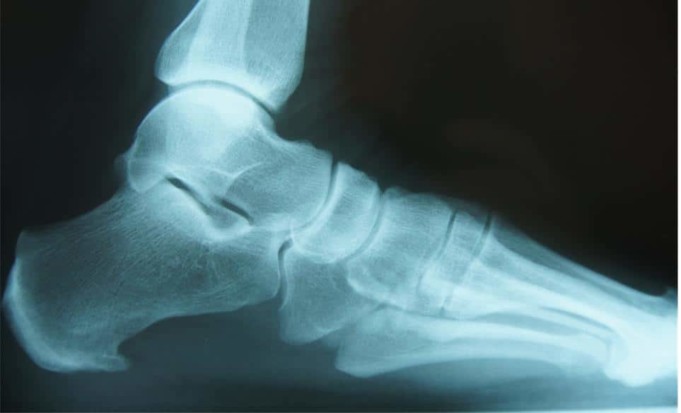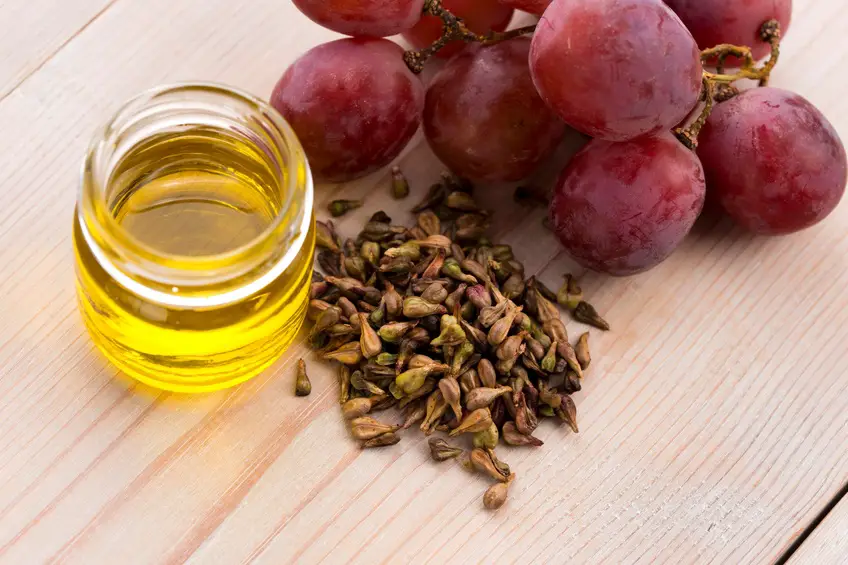Our bodies work to keep our bone growth in balance, but sometimes things can go wrong. Due to excessive physical activity, PH imbalances and various conditions brought by age, our bones can develop into spurs and cause pain and discomfort.
Bone spurs are deposits of calcium at the areas where ligaments connect to the bones. When this condition occurs on the heel, it is called a heel spur.
According to a 2014 study on musculoskeletal disorders, thirty-eight percent of people have heel spurs. Heel spurs are formed when the body tries to repair itself from injury, forming layers of bone at the point of the trauma.
Heel spurs can be caused by many reasons. Some of them include excessive sports, continuous walking, jumping using worn-out or wrong-sized shoes, or obesity. Heel spurs are common to athletes and people with rheumatic disease.
It is also prevalent in diabetic and middle-aged men and women, but can also be experienced by various age groups. Protalus recommends wearing shoe inserts that offer cushioning and arch support that can help redistribute pressure throughout the day. In addition, these heel spur inserts provide the structure and comfort you need.
7 Simple Pantry Ingredients for Treating Heel Spurs
Heel spurs aren’t usually treated unless they cause chronic pain or are severe enough to damage other tissues. Heel spurs are closely related to a condition called plantar fasciitis, which is why treatment is almost the same.
The following are home remedies you can use to treat heel spurs:
1. Apple Cider Vinegar
The use of vinegar as medicine dates long back to the time of the Babylonians. It was even recorded that Hippocrates himself used vinegar as an antibiotic.
Greek doctors have used vinegar to treat wounds, increase vitality, and combat various diseases like scurvy and indigestion.
As a treatment for heel spurs, Apple cider vinegar works by helping pull out excess calcium deposits on the underside of the heel bone.
It also reduces inflammation and pain in the area. You can use apple cider vinegar by soaking your foot twice daily in warm water mixed with raw ACV for 10 minutes.
2. Grape Seed Oil
Grape seeds have natural anti-inflammatory elements that can relieve different kinds of sores and aches.
It also improves blood circulation in feet which are affected by obesity, lack of exercise, and poor nutrition. Aside from relieving pain, grape seed oil can soften skin and remove callous on your feet.
They have natural antioxidant properties that help battle free radicals that show signs of aging. To use grapeseed oil simply soak your feet in a mixture of water and grape seed oil twice a day.
3. Coconut Oil
Coconut oil massages are great remedies for heel spur. Coconut contains natural moisturizing agents that help soften the heel, reduce pain and friction. Use coconut oil for regular massages to improve blood circulation on the inflamed area of your heel.
4. Turmeric Powder
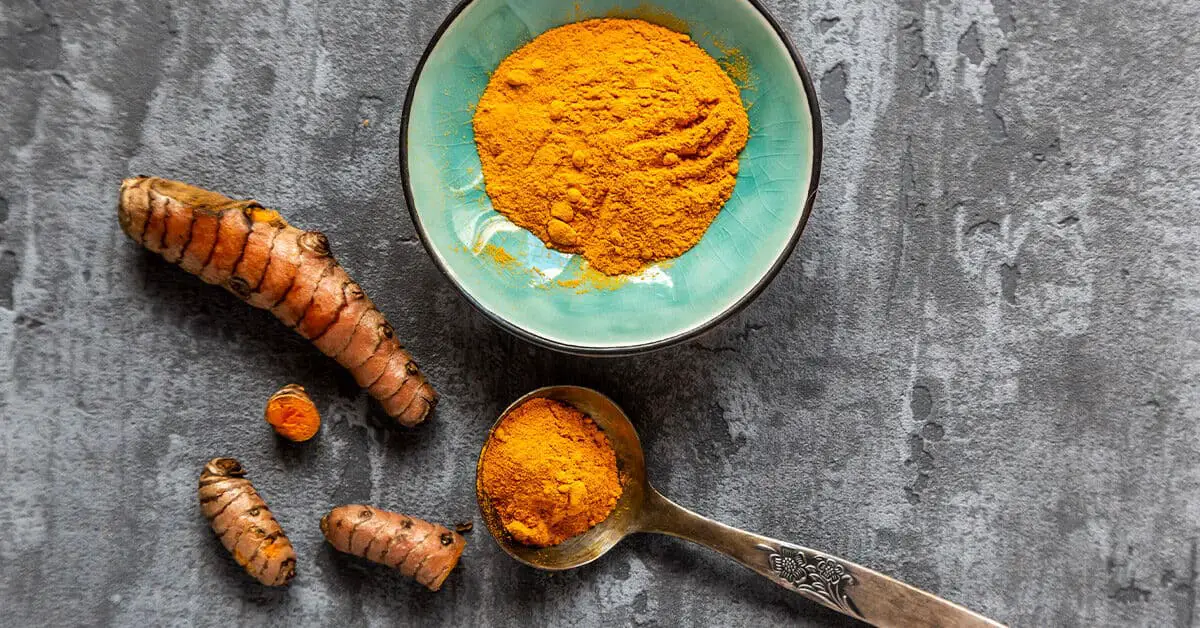
As early as 1900 BC, healers in India are already using turmeric for anti-inflammatory and antibacterial medicine. Today, turmeric is often used to color our curry but unknown to many, it can also help reduce swelling and cure various kinds of diseases.
To treat your heel spurs with turmeric, consider adding turmeric powder to your dishes or take around 500 mg of powder first thing in the morning.
5. Alfalfa Tea
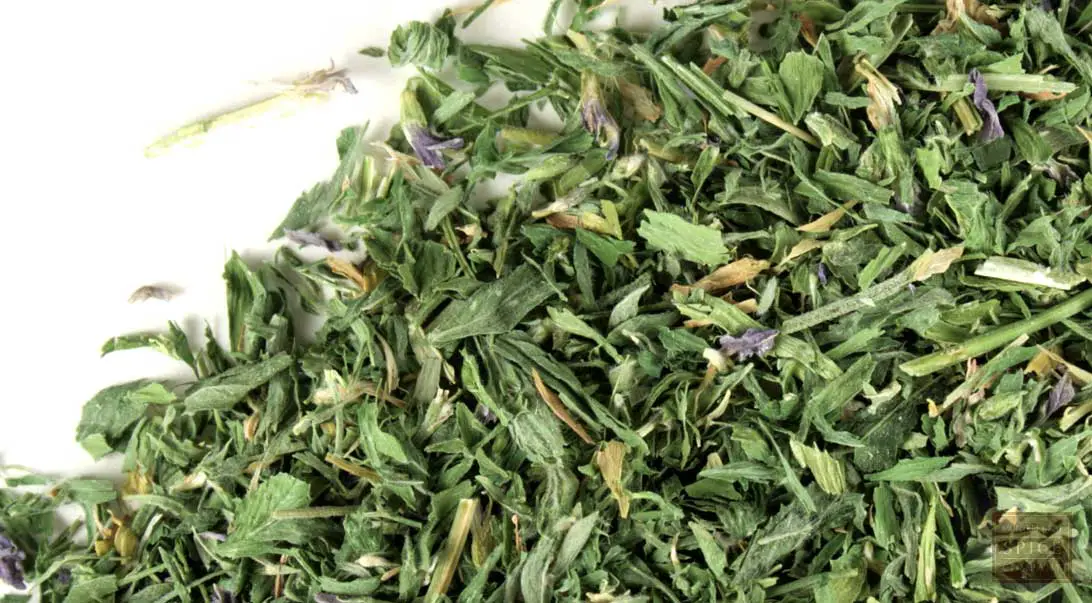
Alfalfa also called lucerne is a leguminous plant native to warmer temperate climates. Alfalfa is historically used as livestock fodder and its sprouts are common ingredients for dishes in South Indian cuisine.
As a medicinal plant, Alfalfa is used to relieve pain and discomfort in various inflamed areas of the body. Alfalfa contains important minerals that are essential to healthy bone formation such as calcium and selenium.
6. Black Cumin Seeds
Black Cumin is a traditional medicine used to treat different kinds of ailments. It’s particularly known for its amazing anti-inflammatory properties that help relieve pain and swelling.
To use black cumin, boil around 50 mg of black cumin seeds in 250 ml of water for half an hour. Drink the extract twice a day for 2 weeks.
7. Cabbage Leaves
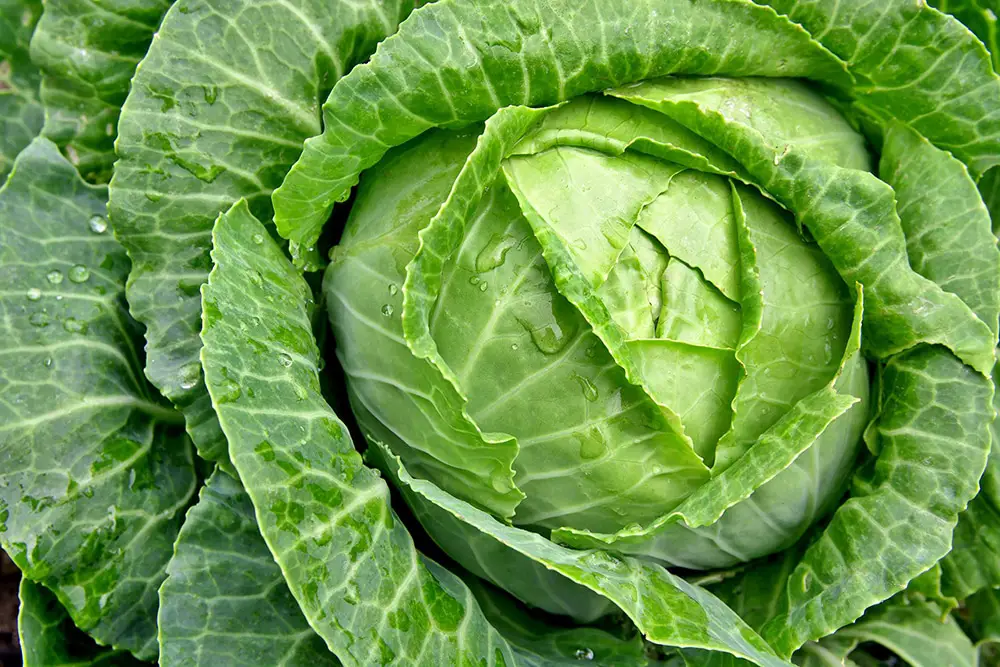
Red cabbage contains anti-inflammatory compounds that promote wound healing. Cabbage is also used as a natural remedy to remove ingrown toenails and foot infections.
To use cabbage for your heel spurs, simply heat the leaves under a low flame to soften before placing around the heels. Wear the cabbage leaves around your sole and secure it with a gauze so it won’t shift around.
Doing this will treat the swelling and reduce the pain almost instantly.
Other Treatments
Stretching Exercises
Performing regularly recommended stretches helps the heel stay loose and prevent further injury especially if you have plantar fascitis. Doing this can eliminate pain from a severe heel spur.
Ice Packs
Ice can target soreness by numbing that area and easing the pain. While yes, it can’t cure tears or spurs, it can make the pain a little more bearable. Using ice packs only help for short term relief.
Footwear and Orthotic Devices
Using orthotic footwear and devices for heel spurs can correct biomechanical imbalances that cause trauma and heel pain.
Can Heel Spurs be Prevented?
Heel spurs can be prevented by wearing well-fitted shoes, doing stretching exercises before a rigorous exercise or training, and keeping a healthy weight. If your heel spurs are not treated with any of these remedies or are causing you severe pain, it’s best to consult a doctor for immediate treatment.

